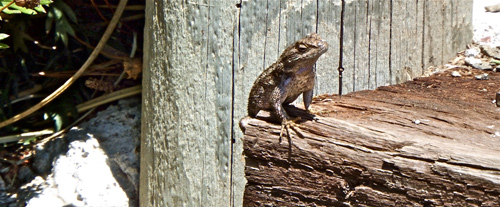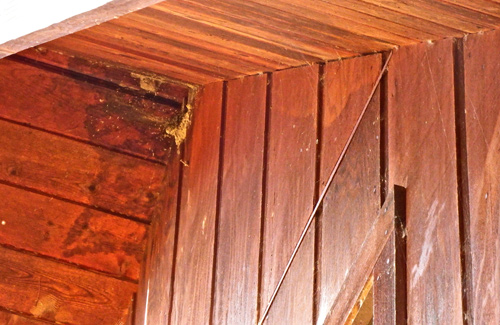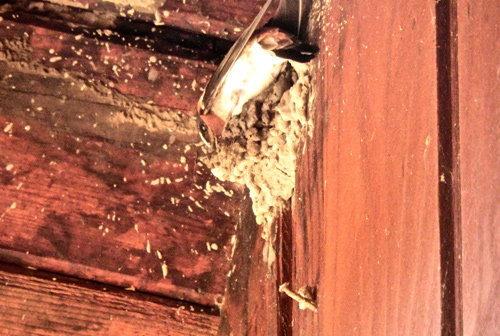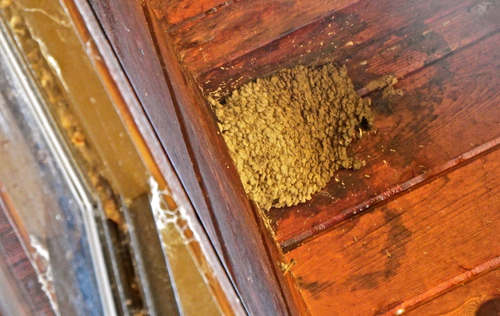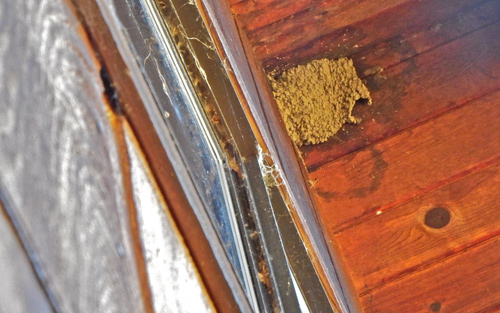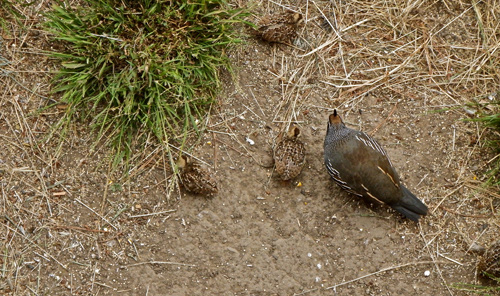With Covid-19 regulations forcing me to stay home much of the time in recent months, I haven’t been able to roam the world and have been reduced to roaming Mitchell cabin. In doing so, I’ve been looking through my lifetime collection of music on 33 1/3 and 45 rpm records, tape cassettes, and CDs. With a number of notable exceptions, most of them had sat largely undisturbed for many years.
Before the pandemic, I indulged my taste in music every Friday night by going to hear live jazz at Sausalito’s No Name Bar. No more.
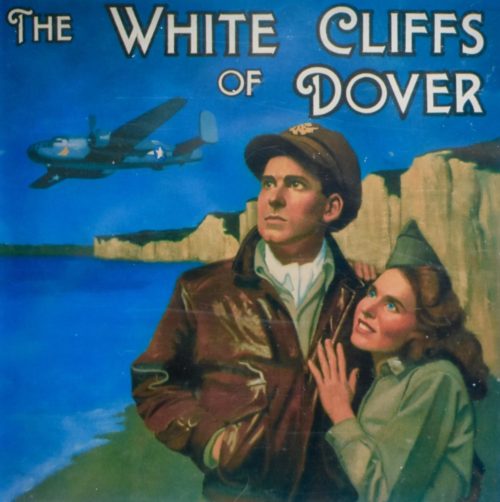
Based on what I’ve been pulling out of Mitchell cabin’s music collection, I’ve noticed something about myself. Much of what I’ve been listening to these past few months has to do with World War II and the years around it. I was a “war baby,” born in 1943, and that may influence what I find particularly interesting now even though I don’t remember hearing the music then.

One particular CD album of World War II music has reminded me what a moving soprano voice the English singer Vera Lynn possessed. Her song promising an eventual end to the war, White Cliffs of Dover (click to hear), epitomizes the sort of music I’ve been listening to recently.

Bing Crosby was one of the most popular performers of the era. His post-war song Now Is the Hour (click to hear) was one of many sad farewells sung for soldiers. Crosby, as it happened, was often shown smoking a pipe.

Douglas MacArthur, a five-star general in the US Army, was also field marshal of the Philippine Army. He as befit the time frequently posed smoking a pipe
Filipinos speak more than 180 languages and dialects, so many Filipino troops couldn’t understand each other, let alone their English-speaking officers. The result was that orders would sometimes have to be translated from one group to another to another to another. Nonetheless, the Filipino forces under MacArthur were impressive in battle.

I took up pipe smoking in the summer of 1963 when I bought a briar from a sidewalk vendor in Paris. Perhaps because I was impressed by MacArthur’s demeanor I later tried switching to a corncob pipe like his. I could hold it with a firm bite, but the pipe could be a bit unbalanced — like MacArthur himself. In 1951, MacArthur lost his command when he had his troops invade North Korea despite President Harry Truman ordering him not to do so.
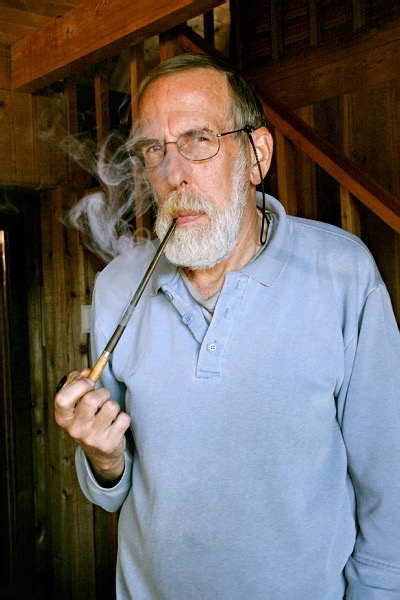
If one is going to smoke a long-stemmed pipe, I eventually decided, a churchwarden is much easier to handle although it can’t easily be held in one’s teeth with a firm bite like MacArthur’s. And you can put that in your pipe and smoke it.

